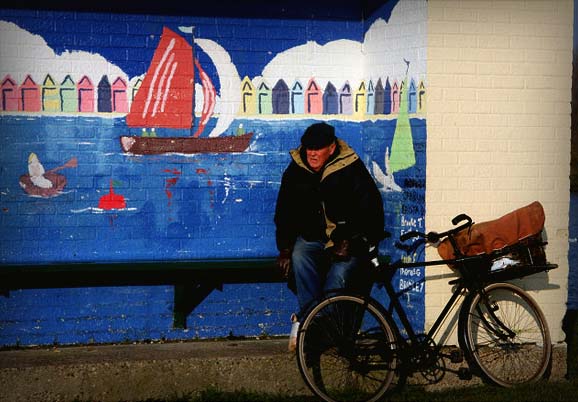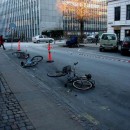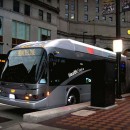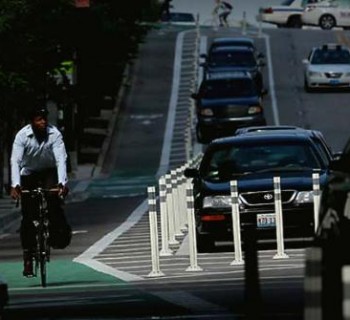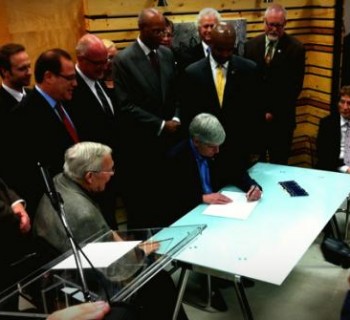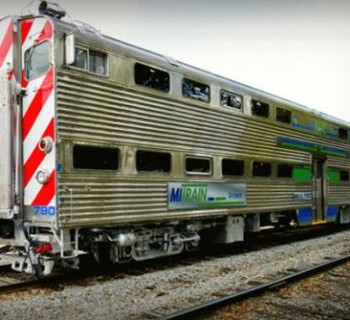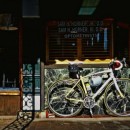DETROIT—Southeast Michigan is getting older.
One of out of four people in southeast Michigan will be over age 65 by 2014, according to the Southeastern Michigan Council of Governments. And while most of the region’s older population currently lives within the City of Detroit and the close-in suburbs, the newer, far-flung suburbs will see their elderly populations explode in the next 20 years.
Getting all of those people to and from the grocery store, doctor’s office and the senior center will be an increasing challenge for all local communities.
So when we at Mode Shift saw this call for proposals for the 2014 North American Conference on Mobility, which will take place May 11-14, 2014 in Detroit, we wondered how much consideration planners are giving to the possibility of non-motorized transportation, and cycling in particular, as an option for the elderly.
Brian Pawlik, a planner with SEMCOG in charge of non-motorized transportation, says cycling is being considered as an option for elderly mobility as SEMCOG drafts a Regional Non-motorized Plan.
“There has been active participation by the elderly in SEMCOG’s current Regional Non-motorized plan process,” says Pawlik. “Quick analysis from SEMCOG’s ongoing bicycle user survey shows approximately 30 percent of the survey takers were 55 years of age or older.”
While building safe non-motorized routes linked with transit is important for all age groups, it is particularly important for seniors.
“Non-motorized facilities like sidewalks, bike lanes and shred use paths need to lead directly to transit stop,” says Tiffany Gunter, transit planner with SEMCOG. “Safety is a big concern, especially among the elderly. Having well-lit streets, sidewalks and transit stops goes a long way. The security cameras that are being placed on the SMART and DDOT buses addresses a portion of the problem.”
Beyond building adequate non-motorized and transit infrastructure, development patterns play a major role in the feasibility of cycling as a transportation option for the elderly.
“There is a focus on increasing mixed-use/in-fill development that would create an environment where essential services are located more closely to the elderly,” says Gunter. “Such initiatives can make walking and biking trips more feasible and transit trips shorter. Such initiatives also potentially reduce the need for more costly door-door paratransit service.”
Pawlik says its all about preserving transportation options.
“The elderly, as true with people of all ages, want to maintain all of their transportation options—private automobiles, transit, walking and biking,” he says.
“When we employ universal design on roadways, trails and transit services, we are giving those with disabilities, which include some of the elderly, transportation freedom. It allows our residents to age in place and remain a valuable asset to our communities,” he adds.
Submit a proposal for the 2014 North American Conference on Mobility (Due Nov. 1)


